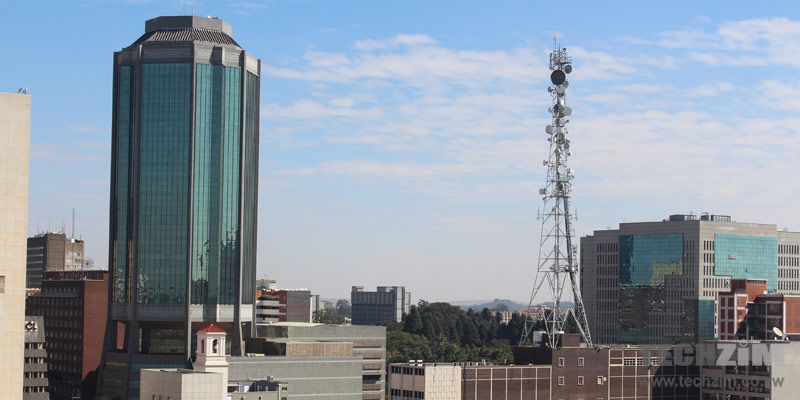by Grace Chekai
The Reserve Bank of Zimbabwe (RBZ) has dismissed allegations by The Financial Times edition of 28 February 2020 which carried an article headlined “Zimbabwe secret money printing threatens IMF assistance” with the subtitle “Scheme to subsidise gold miners contributed to collapse of local dollar”.
Speaking through a press statement yesterday, RBZ Governor John Mangudya said, “The Reserve Bank of Zimbabwe wishes to advise members of the public that the article is malicious and misleading and the Bank dismisses the article with the contempt it deserves.
“The article is calculated to tarnish the image of the Bank, and ultimately that of the country and its leadership, through misinforming the public,” said Mangudya.
Mangudya indicated that, as stated in its Monetary Policy Statement of 17 February 2020, the Bank reiterates that the growth in money supply, or more specifically reserve money in 2019, was as a result of subsidies on fuel, electricity, grain and Government expenditure.
He said that the contribution of the gold sector incentive was very minimal to the growth of reserve money adding that there is no secrecy in the payment of the gold incentive scheme.
“It is also mischievous to allude to “secret money printing” as there is no secrecy in the payment of the gold incentive scheme by the State, through the Bank,” said Dr Mangudya.
Dr Mangudya said RBZ provides incentives to the gold sector to increase foreign exchange through the interbank foreign exchange system so as to ensure the continued flow of gold through the formal channels and thus mitigating the leakages and side-marketing of gold.
He said that the decline of the value of the local currency was largely due to various factors including low production within the economy and the impact of macroeconomic shocks such as the drought and Cyclone Idai.
Dr Mangudya said, “The Bank remains committed to the implementation of the Monetary Targeting Framework under its tight monetary stance and is targeting reserve money growth of 10-15 percent by the end of 2020,”
Presenting the 2020 Monetary Policy Statement last month, Dr Mangudya said that the quantity of bank notes and coins in circulation will continue to be increased so as to reduce the inconvenience being faced by the public in accessing their cash at banks.
As of 31st December 2019, an additional of ZWL $150 million was distributed in the country, to give a total of ZWL $1.1 billion worth of notes and coins that are in circulation.




